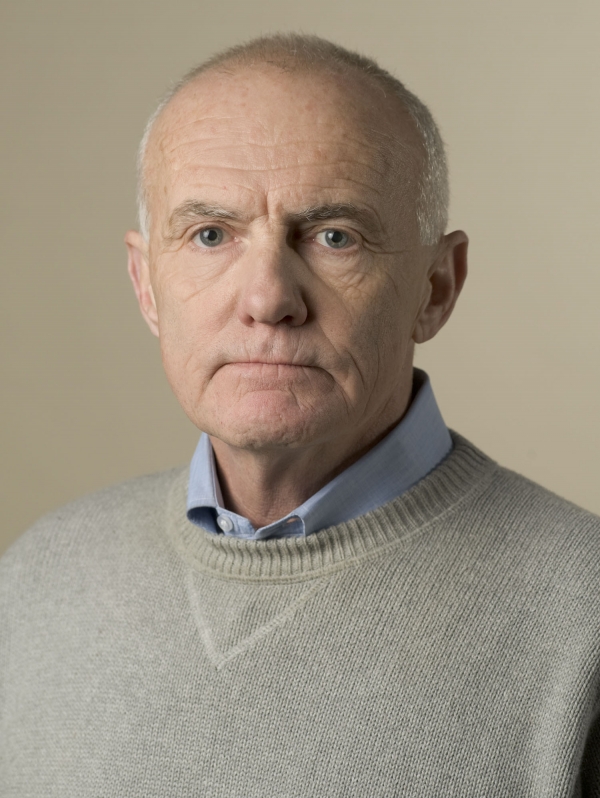James Trudell, a Stanford University chemist who spent 50 years working to make anesthetic drugs safer for patients, died July 29 of complications from acute myeloid leukemia at his Woodside home. He was 77.
Trudell, who co-authored more than 170 scientific papers, was a professor of anesthesiology, perioperative and pain medicine at Stanford's School of Medicine. His research advanced the understanding of how anesthetics work to limit pain and contributed to making newer, better anesthetics with fewer side effects, according to a Stanford press release.
"For 50 years, Dr. Trudell's innovative research played a major role in advancing the field of anesthetics and improving patient safety," said Dr. Lloyd Minor, dean of the School of Medicine, in a prepared statement. "More than just an exceptional scientist, he also strengthened the Stanford Medicine community by serving as a caring mentor and thoughtful collaborator to so many."
Born in Iron Mountain, Michigan, in 1941, Trudell's passion for chemistry began at age 9 when his parents gave him a chemistry kit. He received a bachelor of science degree in chemistry from the University of Michigan.
Trudell served two years on the USS Randolph as a photo and electronics officer during the Vietnam War. He then graduated from Stanford with a doctorate in organic chemistry in 1969.
As a student he studied under chemistry professor Carl Djerassi, who later helped create the birth control pill.
He joined Stanford's anesthesiology department in 1969, initially studying how drugs metabolize within the human body. He discovered that anesthetics work through protein interactions rather than interactions with lipids, the fatty molecules in tissues.
Trudell used molecular modeling to study receptor sites, the binding structures on the surface of cells involved in how drugs cause unconsciousness. He began working with Dr. Edward Bertaccini, a professor of anesthesiology, perioperative and pain medicine, in the early 1990s. The two worked together to create anesthetics with fewer side effects.
"Our research, the molecular mechanism of how anesthesia works, is a small niche in the world, but he played a key role," Bertaccini said in a prepared statement.
Trudell continued his work until his death, with a laptop and molecular modeling research papers still open on his desk when he died, his wife, Dr. WeiQi Lin, noted in the press release. (Bertaccini added that Trudell worked from his laptop while at the hospital undergoing chemotherapy and a bone marrow transplant.)
Chemistry was more than just a job to Trudell, said Lin, who first met him when she was a postdoctoral scholar in his lab.
"He was a true scientist at heart," she said in a prepared statement. "He followed his research wherever it took him. He was never discouraged by any failure. He would just take a break and go to one of his many hobbies, and come right back to his work."
Trudell's hobbies included rock climbing, paragliding, running marathons, bicycling and sailing.
Trudell is survived by his wife, his brother Ronald Trudell, and his sister Cher Trudell.
Trudell's ashes were scattered on the San Francisco Bay, near the Golden Gate Bridge.
Donations in his memory can be made to the Department of Anesthesiology, Perioperative and Pain Medicine at Stanford. Go here and click on "Make a Gift" on the website homepage to donate.
-



Comments